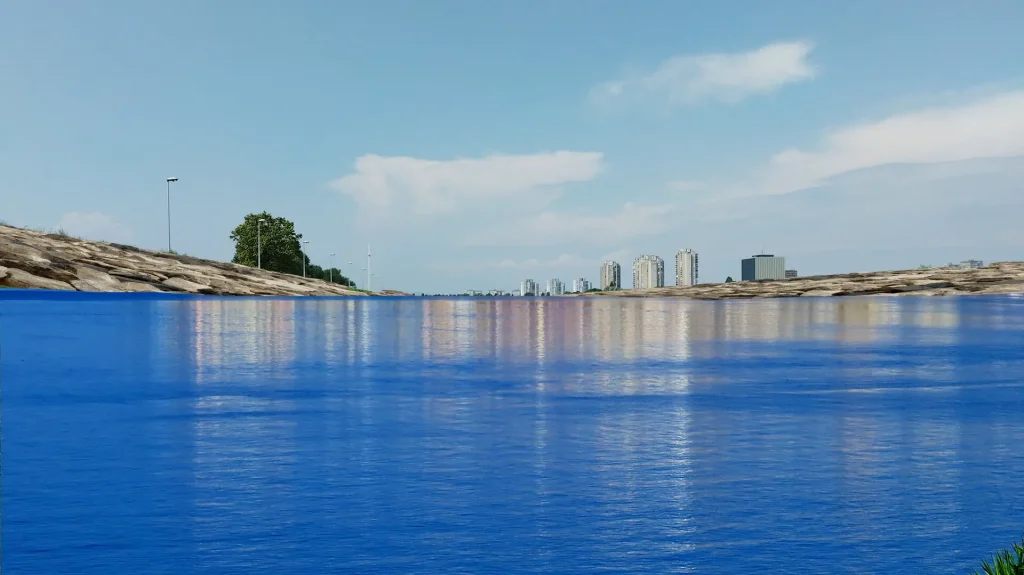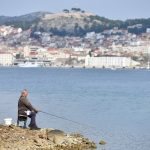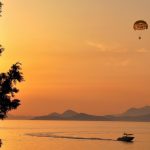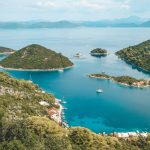With autumn officially here, both on the calendar and evidenced by less stable weather, Zagreb is returning back to the spotlight. Students are arriving from all over to the biggest university in the country, and Zagreb is also a city where many come for job opportunities outside of the tourist season. Add the fact that as capital, Zagreb is also the centre of politics, science, culture, art, economy, and more, makes the city the place to be. It is the beating heart of the country (although many would agree that further decentralisation should be welcomed).
However, despite being a big, metropolitan, open-to-diversity city, Zagreb is far from perfect. Many issues were left unchanged by the late Mayor Milan Bandić (followed by a series of alleged corruption arrests), expensive real estate, and other political and social troubles one can expect in a big city. That said, a much bigger problem for this writer is that Zagreb sadly isn’t a coastal city.
Imagine how awesome would it be if Zagreb had its own exit to the Adriatic Sea, combining all the benefits of a capital city with the seaside. The joy of the Adriatic air, sea-trade transport income, maybe a bit of fishing, and of course, places to jump in and swim and chill on a hot summer day (yes, there are the Bundek and Jarun lakes, but that’s just not it).
It’s a fantasy I couldn’t which more more, particularly during heat waves which can be absolutely unbearable in Zagreb.
The little gulf that could…
So, how would that work outside of mere wishful thinking?
Well, there is a simple natural explanation that would relieve Zagreb of its land locked status, if only it had happened at the right place. The gulf.
As defined by Meriam-Webster, a gulf is a part of an ocean or sea extending into the land. In international terms, the Gulf of Mexico is the biggest gulf in the world, with an impressive 5,000 kilometre long coastline. Croatia has countless bays, such as Kvarner Bay. While Britannica warns that the difference between gulf and bay is not clearly defined, it is implied that bays are much smaller than gulfs. Following that, we can establish the fact that Croatia currently has bays, but not gulfs.
However, imagine if there was a gulf through Primorje-Gorski kotar County, all the way from Kvarner Bay (by the south side of Krk Island) to Zagreb (which could be called Zagreb Bay). It wouldn’t break any world records, but it would allow Zagreb an exit directly to the Adriatic sea. Have a look yourself at this terribly photoshopped map of Croatia.
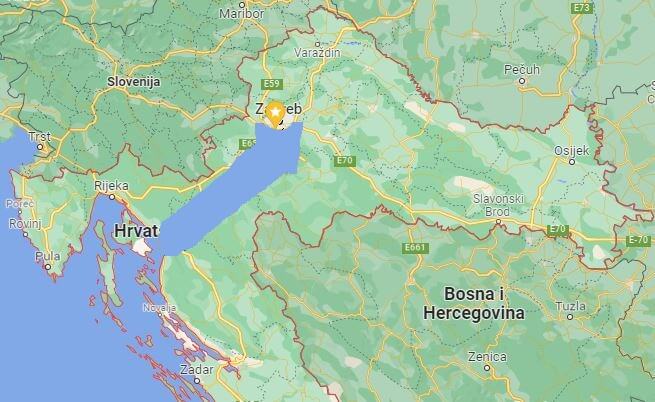
An illustration of the imaginary Gorski kotar Gulf © Ivor Kruljac / Total Croatia News
The gulf could be called the Gorski kotar Gulf. And yes, this alternate reality would sink a significant number of small towns and villages, but the benefits of the gulf wouldn’t contribute only to Zagreb. The population could settle along the gulf and live from fishing and from the trade provided by these connections. Who knows, maybe the economy would be better.
Zagreb’s island and natural lakes
How would Zagreb look with this geographical twist? Well, Zagreb is currently divided into the old town and Novi (new) Zagreb via the Sava river. But, with the gulf imagined as portrayed (terribly) on a photoshopped Google map, the Sava would be gone. Novi Zagreb would be an island in Zagreb Bay, while the old town would have an exit to the sea and be connected by land to Northern Croatia. The bridges across the Sava would, in this reality, go over Zagreb’s channel.
In order for it to work, Jarun lake, located to the west of the old town, as well as Bundek lake in Novi Zagreb, should probably be natural lakes instead of artificial ones to provide water for the population in the past, allowing for the very first human settlements. The south of Novi Zagreb, given the depth of sea it would have in this little fantasy world, could serve for bigger cargo ship traffic while the Zagreb challen between the two sides (where the Sava currently flows) could be used for smaller boats and, of course, swimming and enjoying the refreshing seawater.
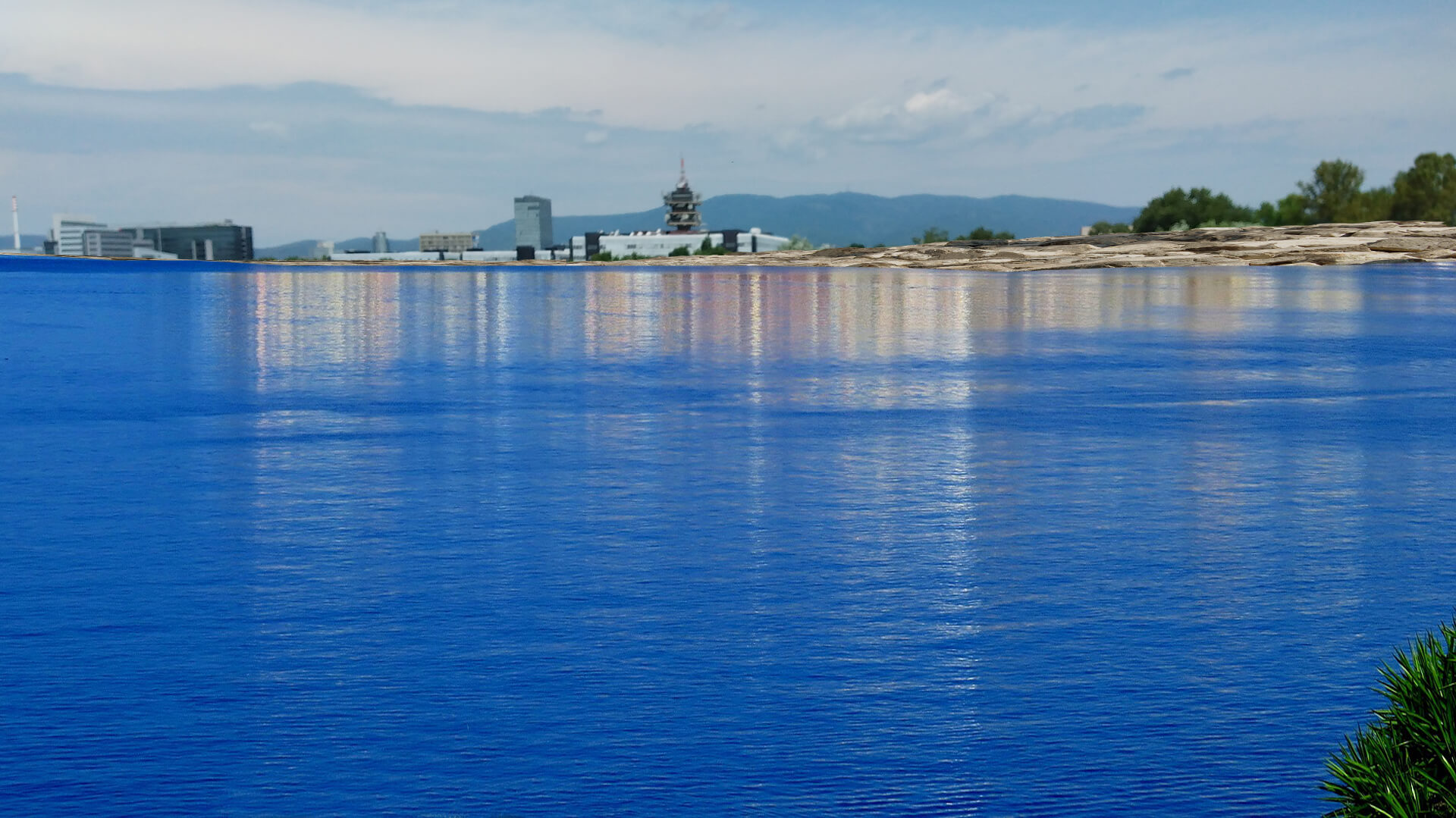
The view of the “coastal” Zagreb channel instead of the Sava river © Ivor Kruljac / Total Croatia News
The pollution-block
Given the fact that eastern Zagreb is both an industrial zone and also has the Jakuševac junkyard from the Novi Zagreb side, the waters in Zagreb clearly wouldn’t be the cleanest in the country. Similar to the industrial Rijeka, whose residents often go to nearby Opatija or Lovran to enjoy the cleaner side of the Adriatic.
It’s often noted that locals who actually live in coastal cities don’t really go swimming that often. Maybe the same thing would apply to the imaginary coastal Zagreb’s citizens too? In reality, we will never know as Zagreb is as landlocked as Switzerland or Austria is. But, one can dream big before accepting reality and booking a holiday on the lovely coast Croatia already has.
Given how beautiful the coast already is, it’s not good to get too greedy.
Yes, Zagreb doesn’t have a sea, but it has so many other interesting things to see and do. Learn more in our TC guide.
For more about lifestyle in Croatia, follow TCN’s dedicated page.

